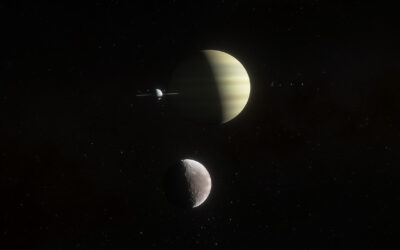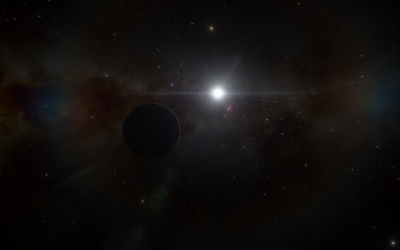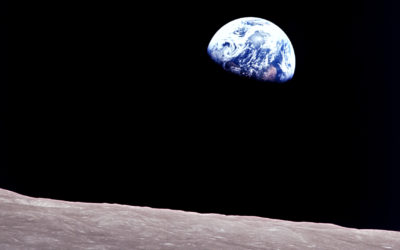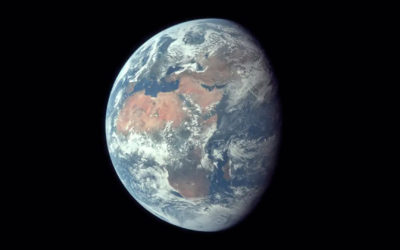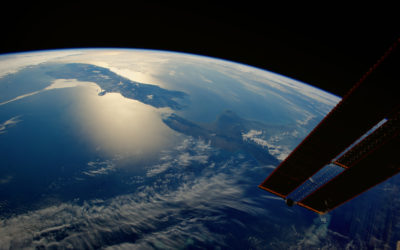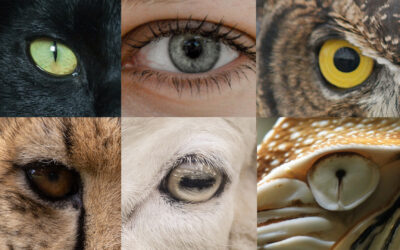ARTICLE ARCHIVES

The Historical Adam – Part 2: Myth or Reality?
We have been examining the claims of William Lane Craig regarding the historicity of Genesis 1-11. Craig argued that there is similarity between the creation account in Genesis and creation myths of the ancient Near East (ANE). But we found that this is not the case, in that ANE creation myths are always polytheistic, and generally involve a chaos monster that is defeated in order to produce the good earth we have today. However, Genesis is the opposite in starting with one all-powerful God who created a very good earth, and in which humans introduced chaos/death by rebelling against that God.
The Historical Adam – Part 1: an Introduction
William Lane Craig is a professor of philosophy at Houston Baptist University. Although he is known as an apologist, his approach is based on man-centered philosophy rather than biblical authority. As such, Craig rejects the history recorded in Genesis. He instead embraces the secular story of origins, including its timescale of billions of years. So, his latest article arguing against the literal history in Genesis came as no surprise. In his article, Craig attempts to persuade his readers that Genesis is a myth – a story that contains elements of truth but which is not to be understood literally. This is a significant departure from the faith once and for all delivered to the saints (Jude 3). So, let’s examine the more pertinent parts of Craig’s article and see if his reasoning is sound.
Extrasolar Planets – Part 3
We have been examining the recent discoveries of extrasolar planets – those planets that orbit a star other than the sun. Several thousand exoplanets have been discovered. In many instances, we know only the orbital period and minimum mass of the planet. In cases where the planet passes directly in front of its star, we are also able to estimate the size of the planet, its true mass, and therefore its density. But through some careful measurements and ingenious reasoning, there is additional information we can learn about exoplanets. And these new discoveries challenge the secular view of origins.
Extrasolar Planets – Part 2
We have been examining extrasolar planets – planets that orbit a star other than the sun. The first exoplanets were discovered by measuring the slight wobble their gravity induces on their star. Amazingly, and despite the challenges involved, around 50 exoplanets have now been directly observed using powerful telescopes. But the majority of exoplanets have been discovered using the transit method. This technique, along with the others, has allowed us to discover nearly 5000 extrasolar planets.
Extrasolar Planets – Part 1
Thirty years ago, the only known planets were those in our solar system. But now, astronomers have detected over 4,800 planets orbiting other stars in our galaxy. These extrasolar planets challenge secular origins scenarios and confirm biblical creation.
Debunking Flat-Earth Claims – Part 3
We have been examining the claims of a flat-earth advocate and found so far that all the evidence is consistent with a spherical earth with a radius of 3959 miles, and is inconsistent with a flat earth. We will continue to analyze Jeff’s claims (in purple font) below, along with my response in black.
Debunking Flat-Earth Claims – Part 2
We have been exploring the claims of a flat-earth advocate named Jeff. So far, his claims have not withstood mathematical scrutiny. The evidence we have explored so far has been completely consistent with a round earth, and refutes a flat earth. Here we continue to examine Jeff’s claims.
Debunking Flat-Earth Claims
In this article, we will deal with the claims of a flat-earth advocate named Jeff. Jeff is a friend of a friend of mine, who objected to some of the proofs I gave that demonstrate the earth is spherical. Since Jeff’s claims have been refuted elsewhere, I agreed to answer them but only if I could post them publicly on this website so that others may benefit. Jeff graciously agreed.
Faulty Speculations on the Pre-Flood World: Part 2
Previously, we examined some unusual claims made by Troy, who asserted that the days before the global flood were four to six hours shorter than days today. We found that Troy gave no biblical or quantitative scientific evidence to support his claim….
Today we will examine Troy’s claims that asteroid impacts and/or lunar recession have reduced earth’s rotation period by 4-6 hours per day since creation.
Faulty Speculations on the Pre-Flood World: Part 1
We here examine some assertions made by Troy, a young earth creationist who has made some very unorthodox claims about conditions before the Genesis flood. He believes that the length of a day was much shorter before the flood, only 18 to 20 hours per day, and that the flood somehow changed this. As errors go, this is a fairly mild one, and there is nothing heretical or theologically damaging about such a speculation. But the way in which Troy attempted to defend his conjectures involved serious errors in reasoning, in science, and in biblical interpretation.
The World’s Most Amazing Camera: Part 6 – Variations on a Theme
We previously explored the differences between the inverted retina of the human eye, and the verted retina of cephalopods. We found that each system was well-designed for the typical environment in which the creature lives. This prompts us to ask what other types of eyes the Lord has created. From a biblical creation perspective, we expect to find both similarities (due to having a common Creator who is a God of order) and differences (due to the Lord’s creativity) in the eyes of different varieties of animals. Furthermore, we would expect each type of eye to be well-suited for the organism in its environment, and irreducibly complex. And this is indeed exactly what we find.
The World’s Most Amazing Camera: Part 5 – The Inverted Retina
Having examined some of the remarkable design features of the human eye, we here look at a feature that is sometimes claimed to support evolution: the inverted retina. Evolutionists claim this is a backward system that resulted from chance mutations. Far from being evidence of evolution, the inverted retina is extremely well planned. Furthermore, not all creatures have an inverted retina. Rather, each creature has a vision system that is well-designed for its environment.
The World’s Most Amazing Camera: Part 4 – Adaptation
The human eye is a marvel of design. All the parts work together to provide us with a vivid and colorful mental picture of our surroundings. As an astronomer, one aspect of human vision that I find particularly amazing and useful is the ability of the eye to adapt to extremely different lighting conditions. At night, the eye adjusts to be able to see stars that are 12 trillion times fainter than the sun. The way this mechanism works is ingenious and is merely one example of the cleverness of the Lord and of His grace toward us.
The World’s Most Amazing Camera: Part 3 – Color
Our eyes and brain provide us with a nearly instantaneous mental picture of our immediate surroundings. This in itself is amazing and should prompt us to thank and worship our Creator. But the Lord has enhanced our visual experience with a wonderful feature: color. What exactly is color, and how do our eyes and brain process it?
The World’s Most Amazing Camera: Part 2
I recently had the opportunity to ride in one of the newer Tesla electric cars. The dashboard had a single touchscreen which displayed a perspective view of the vehicle itself – as if seen by a bird following the vehicle by 300 feet at about 100 feet in altitude. The screen also displayed grayscale model representations of all surrounding vehicles, along with the markings on the road, the speed limit, nearby traffic lights, and other driving information. In principle, you could drive the car without ever looking out the window by looking only at the screen. Apparently, cameras surrounding the vehicle feed images into a computer which constructs a 3D virtual model of its environment, which is then displayed on the screen. In other words, it does in a very limited way what your eyes and brain do with much higher fidelity every second of your conscious life.


